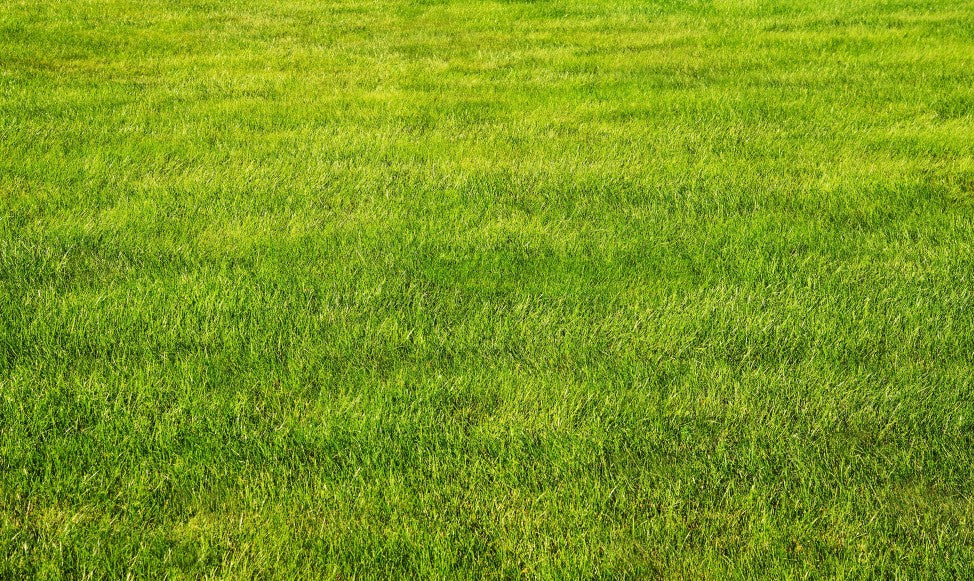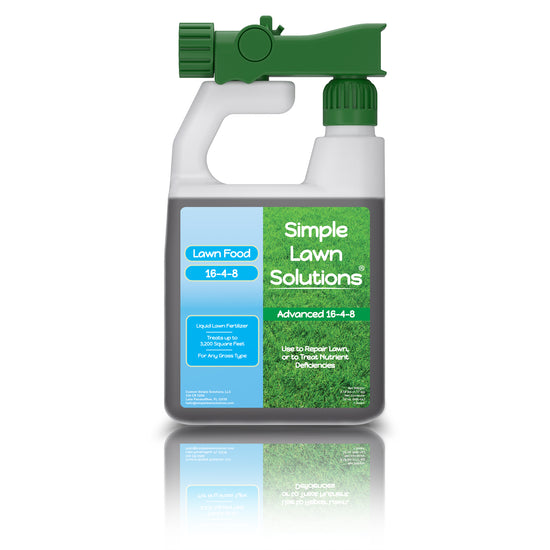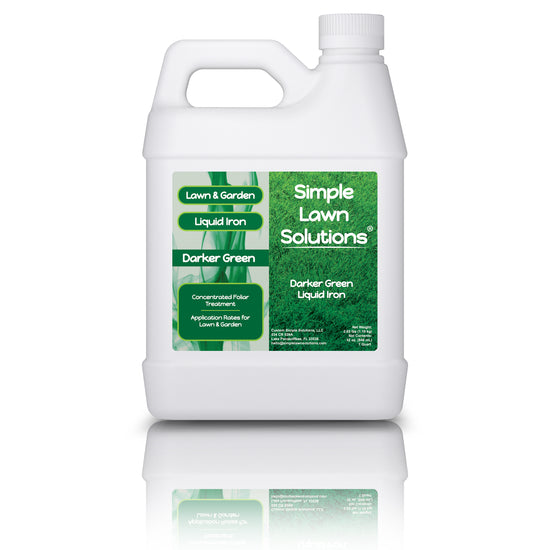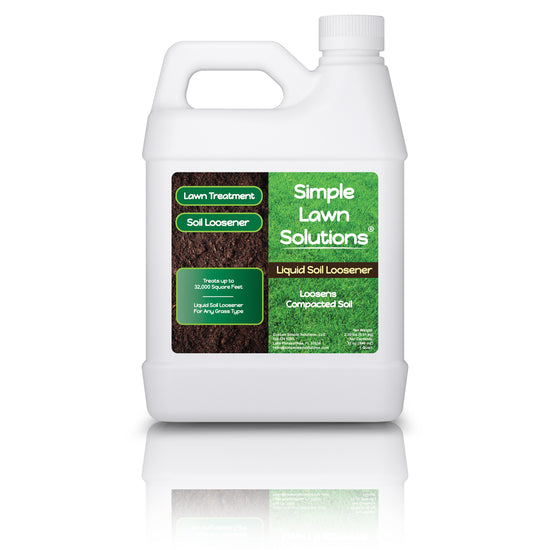There are about twelve species of grass to consider when you’re thinking about growing a new lawn and lawn care. The best place to start is to consider the climate of the location in which you’re growing. Warm-season grasses are those that do best in warm weather regions, like southern states. Cool-season grasses are better suited for temperature fluctuations in northern states.
Species of Warm-Season Grasses
- Bermudagrass
-
St. Augustinegrass

- Centipedegrass
- Zoysiagrass
- Carpetgrass
- Buffalograss
Species of Cool-Season Grasses
- Kentucky bluegrass
- Perennial ryegrass
- Fine fescue
- Tall fescue
Determining your Type of Grass
If your home already has a beautiful, full lawn and you are looking to maintain it through mowing, fertilizing lawn aeration, and other practices, you first need to determine what kind of grass you have. You will be able to narrow it down by first determining your grow zone. If you have a healthy lawn, you more than likely have grass that’s suitable for your climate, warm or cool, which means you’ve halved your list. From there, consider the amount of sun and rain your lawn gets. Some species of grass are more tolerant of shade and drought. If you’re still unsure, look closely at the new growth. The shape of the tip of the individual blades of grass should help you narrow it down all the way. When you have determined your type of grass, you can choose the best products to fertilize and maintain your lawn through regular lawn care.
Pros of Centipedegrass

Eremochloa ophiuroides, also known as centipedegrass, is a warm-season grass that originated in China and was introduced in the United States in 1916. Centipedegrass grows and spreads by stolons and forms a thick sod. It can thrive in sandy or acidic soil, which is usually considered poor-quality soil. It is fairly low maintenance and doesn’t require an excessive lawn care regimen. You won’t have to mow as much, it doesn’t require frequent fertilization, and it will tolerate a medium amount of shade. It does require approximately six hours of sun per day to grow properly.
Cons of Centipedegrass
Centipedegrass is a popular species of grass, but it can also be considered a weed. It also has a shallow root system, which means it does not tolerate foot traffic and other wear very well. Centipede grass will not survive hard freezes and turns brown after light freezes, though the green color will come back as the temperature rises.

How to Plant Centipedegrass
Centipedegrass is cultivated through sod, plugs, or seeding. Using sod or plugs is easiest, but it will cost more to purchase. Seeding is cheaper but requires more labor-intensive lawn care to start. On the other hand, sod is less work but costs more, and using plugs falls somewhere in the middle in both labor and pricing.
To Seed Your Lawn With Centipedegrass:
- First, use a tiller to till the area you are seeding.
- Use a rake or a roller to flatten and level the ground.
- One pound of centipedegrass seed will cover up to about 2500 square feet. Mix the seed with three gallons of sand and spread evenly over the area.
- Water thoroughly, fertilize with a phosphorus-rich fertilizer and keep watered for three weeks. After growth establishes, maintain your lawn through regular lawn care.
Using Centipedegrass Sod:
- Till the lawn with a tiller and apply a nitrogen-rich fertilizer along with organic material.
- Lay the strips of sod side by side over your lawn. Make sure the pieces of sod are touching, and the edges are staggered. Use the sod staples to staple the pieces into the ground to help the attachment to the soil.
- Roll the sod, and water thoroughly. Keep the lawn well-watered for three to four weeks, and start your regular lawn care.
 Using Centipedegrass Plugs:
Using Centipedegrass Plugs:
- Till the ground using a tiller. Add organic material and a nitrogen-rich fertilizer.
- Use a sod plug drill bit to insert the plugs one foot apart throughout the lawn.
- Water the area well, and keep watered for three to four weeks. After you’ve given the plugs time to grow and get established, start your lawn care routine.
Warm Weather Care for Centipedegrass
Centipede grass is relatively low maintenance, but it does require regular lawn care. You should fertilize your lawn twice a year, the first time being in the spring after the plant has started actively growing. Use nitrogen-rich fertilizer, but do not fertilize more than two applications per year, as it can lead to problems for your lawn. Don’t overwater your lawn. You should only water it during periods of drought in which your lawn starts to show signs of stress. When you do water your lawn, thoroughly saturate the lawn once a week, as opposed to shallow watering multiple times per week. Mow the lawn every five to seven days, but avoid mowing in periods of drought. Lawn aeration can be done to your centipedegrass lawn once per year in the early summer.
Cool Weather Care for Centipedegrass
Apply a light coating of nitrogen-rich fertilizer in the early fall as the second application in a year. January through April, maintain the length of the lawn at approximately one inch, shorter than you do during the growing months. Be careful not to scalp the lawn when you are mowing. Mow to this short length and remove thatch just before lawn green-up in May.
Lawn Aeration for Centipede Grass
Lawn aeration is the process of manually poking holes throughout your lawn so that water, oxygen, and other nutrients can better penetrate your grass’s root system for a healthier lawn, and should be a part of your regular lawn care schedule. The best time to perform lawn aeration on your centipedegrass is in the early summer months when the grass begins to grow rapidly. If your lawn is older, and your soil is very compacted, lawn aeration can be performed twice per year. It’s best to perform lawn aeration on the same schedule as fertilization so that you can thoroughly water and apply your fertilizer after lawn aeration so that your lawn’s root system can recover more rapidly.
Assuming that you live in an appropriate climate and grow zone, centipedegrass is a good option for your turfgrass. Through a regular lawn care routine and lawn aeration, you will have a beautiful and healthy lawn.












4 comments
Hello Charlene, we’d like to know more about your lawn so we can provide you with accurate recommendations, please send us an email at hello@simplelawnsolutions.com
I have been having trouble with voles. What do I do?
Hello Waymon,
Please send us an email so we can help you figure this out. There could be several reasons your lawn is thinning in certain areas!
I have thinning spots an some total dies spots, while the remander of lawn is pretty,????